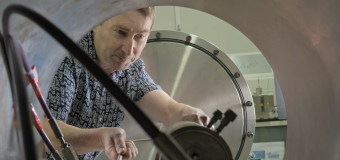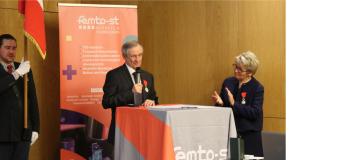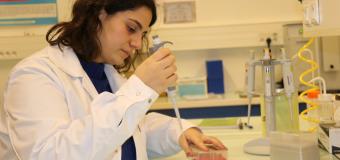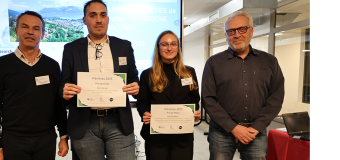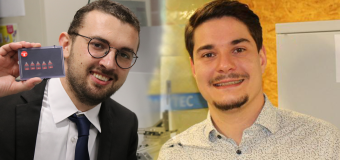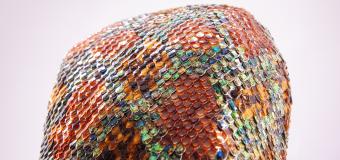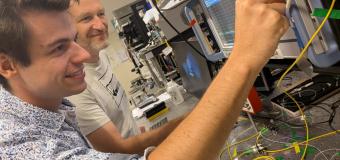Best paper award on BIOSEC 2024
Raniya Ketfi, Zeina Al Masry, and Noureddine Zerhouni have been awarded the Best Paper Prize at the 17th International Joint Conference on Biomedical Engineering Systems and Technologies
BIOSTEC is a conference that brings together researchers and practitioners from various fields, including engineering, biology, healthcare professionals, and computer science. It focuses on both theoretical advances and applications of information systems, artificial intelligence, signal processing, electronics, and other engineering tools in knowledge areas related to biology and medicine.
Their research explores the potential of non-radiative and non-invasive thermography through smart wearable devices for early breast cancer detection. In their paper titled "Breast Cancer Detection Using Smart Wearable Devices with Thermal Sensors" the authors analyze and synthesize information from six relevant works, carefully selected from 286 papers. The paper delves into the design of wearable devices, data collection methods, and classification techniques, providing a comprehensive guide to the advantages and challenges associated with implementing smart devices for breast cancer detection. This work highlights the promising future and significant benefits these devices offer to enhance early detection, potentially revolutionizing breast cancer prevention.
This recognition underscores the expertise, and significant contributions of our teams in the field of medical devices. The paper innovatively explores smart wearable devices equipped with thermal sensors for early breast cancer detection, representing a significant stride towards accessible and non-invasive healthcare solutions.
Contact : Zeina Al Masri



